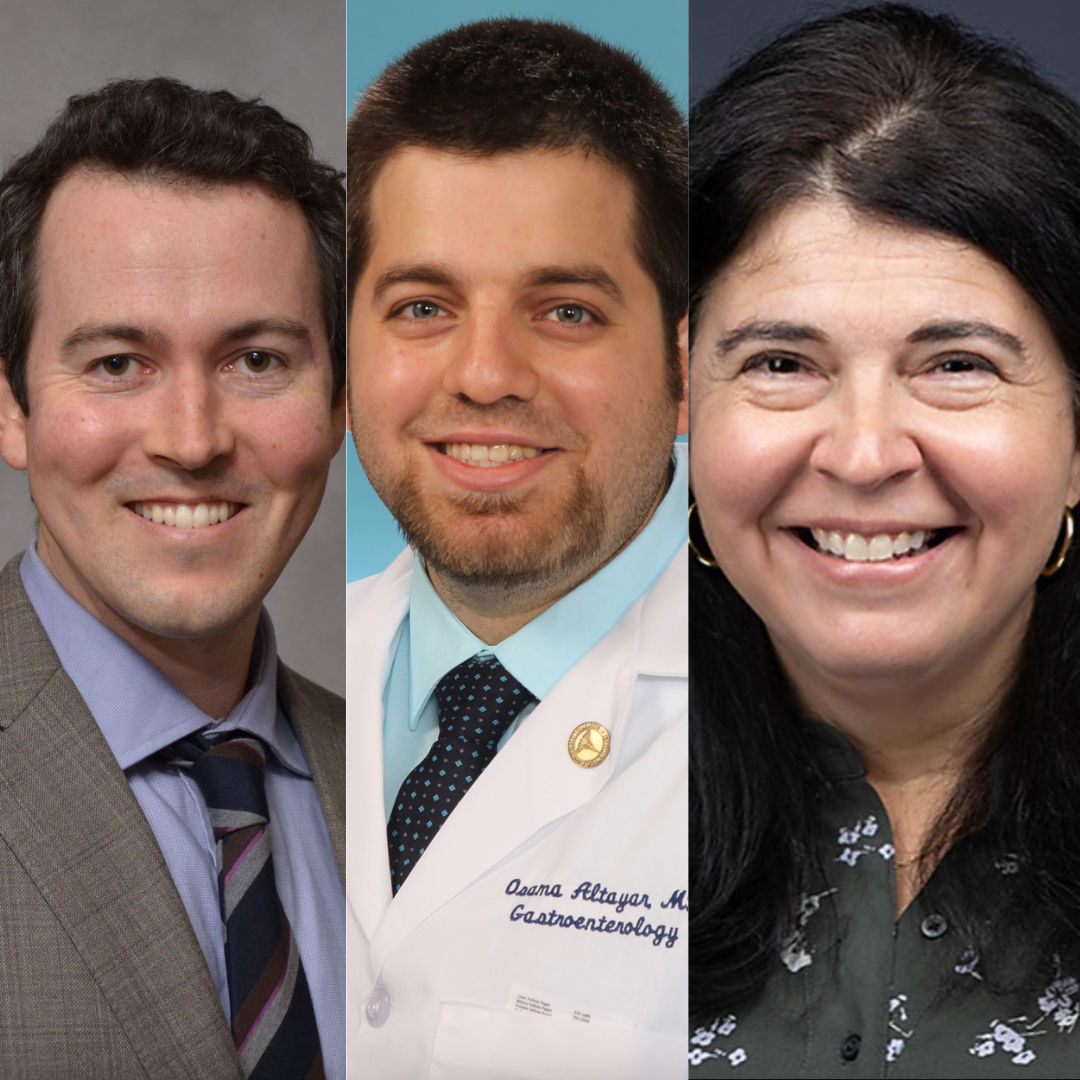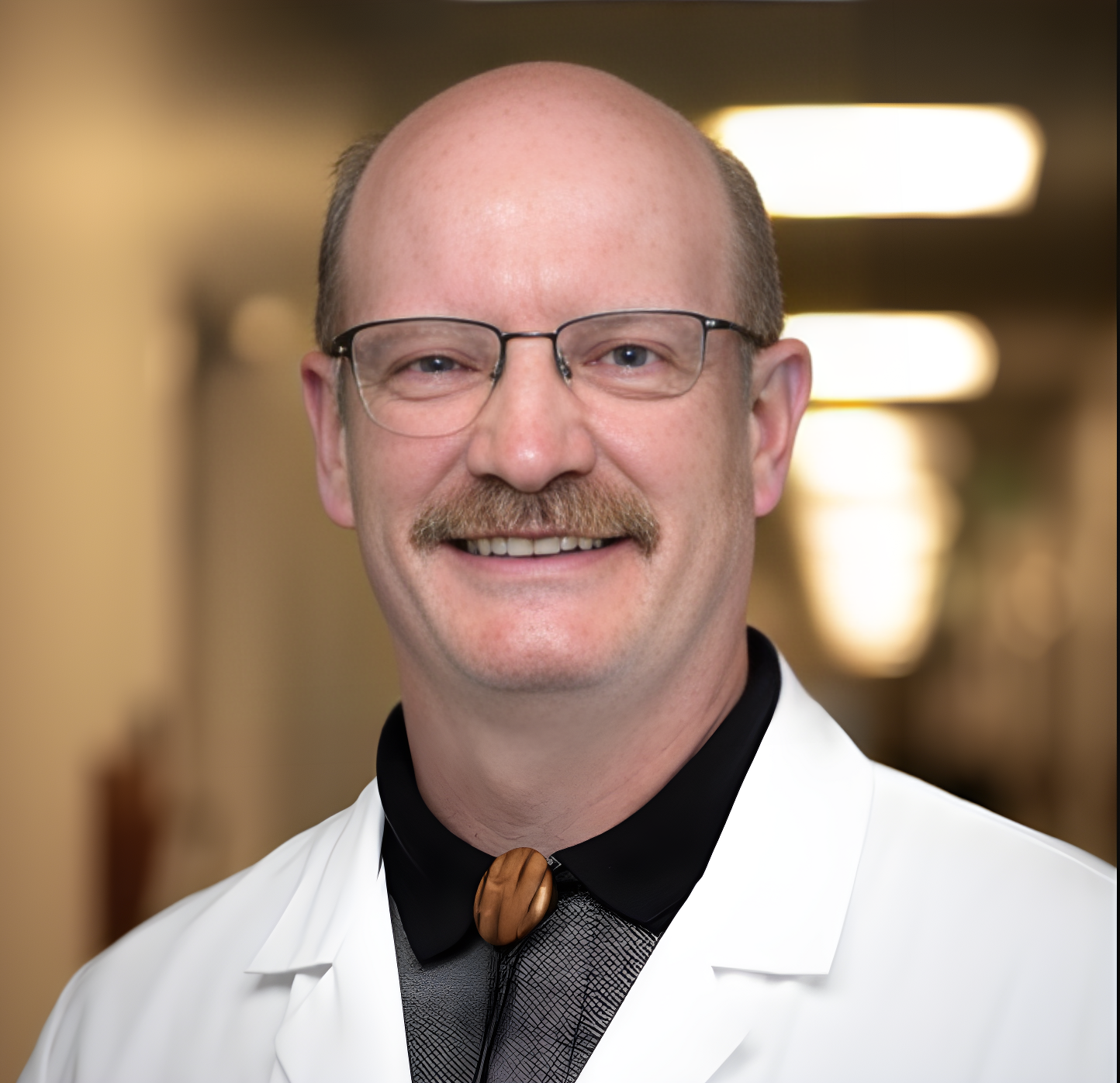Video
RBX2660 for Treatment of Recurrent C. difficile Infection (rCDI)
Author(s):
Drs Feuerstadt, Abraham, and Chopra discuss clinical trial data for RBX2660, a live biotherapeutic product, in treatment of recurrent C difficile infection (rCDI), as well as data with RBX2660 that were presented at DDW 2022.
Paul Feuerstadt, MD: With that fundamental concept in mind, let’s talk about RBX2660 and what it is. RBX2660 is what we call a broad consortium, meaning it includes broad range of microorganisms, including both spore- and non-spore-forming bacteria. It’s rectally instilled as a onetime dose. It’s phase 3 data have been presented in abstract form at a major national conference. But to understand the phase 3 data, we have to understand the phase 2 data. The phase 2 study structure included patients with at least 2 recurrences of C difficile. They were all given a standard-of-care antimicrobial and then randomized to either 2 doses of placebo a week apart—a dose of RBX2660, followed a week later by placebo—or 2 doses of RBX2660. They were then followed for 8 weeks for recurrence and for 2 years for safety. As a result of that clinical trial, a single dose of RBX2660 was proceeded ahead to the phase 3 trial because of its efficacy. Within the phase 3 trial, patients with a single recurrence of C difficile all received standard-of-care antimicrobial. Then they were randomized to receive a placebo, or a single rectal installation of RBX2660, followed for 8 weeks for recurrence and 24 weeks for safety.
Essentially, the phase 3 and phase 2 trials had very similar designs, the same product, and the same diagnostics. As a result, it was decided that something called a Bayesian analysis would be used for this. A Bayesian analysis leverages data across 2 studies to create a larger data set. Essentially, they look at the signal of efficacy of the placebo arm and of the intervention arm to see if they’re similar in both trials. If they are, then you can leverage the data. That was the case with RBX2660: the overall efficacy was 70.4% for 2660 vs 58.1% in the placebo arm. The posterior probability of superiority was 0.986, achieving statistical significance. These are very exciting data for this product.
Several abstracts have been presented about this product. Bincy, at a major national conference in May 2022 in San Diego, California, 2 specific abstracts were presented. One was a subgroup analysis, and the other was an assessment of the Kaplan-Meier curve time to recurrence. Can you walk us through some of those data?
Bincy Abraham, MD, MS: Sure, Paul. The first abstract looking into the subgroup analysis of this was yours, which you presented, so I’m honored to present your data. This subgroup analysis looked at a pool rate of treatment success. This was defined as recurrence free of C difficile infection for 8 weeks post-treatment. You found that in the RBX treatment arm, this recurrence-free rate was 68.3%, compared with 55% with the placebo group. All these patients did get initial antibiotic treatment, but with the addition of the RBX, it was 68% recurrence-free. This was statistically significant, with a P value of .01.
Another abstract looked at time to recurrence of infection using a Kaplan-Meier curve estimate. We looked at the 20% percentile of this. When they compared RBX with placebo, the time to recurrence was 14 days for placebo vs 30 days for the RBX group. This separation between the placebo and RBX was sustained through 6 months of assessment…. This was very similar to the phase 2 trial that they found.
Paul Feuerstadt, MD: In effect, what we’re seeing across those 2 abstracts is that 2660 seems to have efficacy across multiple subgroups, regardless of risk factor for C difficile. Even patients who received RBX2660 are still with that supplementation with some delayed recurrence, meaning there was some benefit there. There were a couple of other abstracts presented at the same conference. One looked at the metabolomics: what was happening metabolically as a result of RBX2660. The other looked at sick patients, those with multiple medical comorbidities. Teena, can you walk us through those abstracts?
Teena Chopra, MD, MPH: Sure. At DDW [Digestive Disease Week], Ken Blount presented studies that looked at more than 600 clinical trial participants for reducing recurrent C difficile. The study reported both microbiome and metabolic analysis of participants in these three trials of RBX2660. The end point in these studies was no C difficile at 8 weeks, and they looked at something called MHI, the Microbiome Health Index, which is a microbiome marker of postantibiotic dysbiosis and restoration. In all 3 trials, the MHI was restored from dysbiotic to healthy levels, which was amazing. That’s what the end point of the study was, and that’s what the real end point for our patients is. Clinical response to RBX2660 was associated with restoration of not only the microbiome but also the secondary bile acids. We talked about how the secondary bile acids are good for us because they inhibit the growth of C difficile. Both microbiome and bile acid restoration were in these big trials with more than 600 participants.
Paul Feuerstadt, MD: What about comorbidities? There was an interesting abstract that looked at comorbidities and the Charlson Comorbidity Index.
Teena Chopra, MD, MPH: That was done by Dr Glenn Tillotson, and it also showed treatment success of RBX2660 in a randomized 2:1 trial. RBX2660 and placebo were used, and they showed a reduction of recurrent C difficile in patients but underlying comorbidities. These were anti-CD3 trials, so it was considered a success if there was no recurrence at 8 weeks. They looked at the mITT [intent to treat] population, and there were about 262 participants. Across all comorbidity scores, including the Charlton Comorbidity Index, the patients who got RBX2660 showed consistent and greater treatment success compared with placebo, so it was both safe as well as efficacious.
Paul Feuerstadt, MD: With RBX2660, we’re seeing that the form fits function, and that the metabolomic effect that you’d want to see with microbiota replacement therapy with a live biotherapeutic product seems to work, regardless of your medical comorbidities. In fact, the group that had moderate vs severe comorbidities had very similar efficacy. That speaks to the fact that supplementing this deficiency can go a long way in reducing future recurrence.
Transcript edited for clarity





